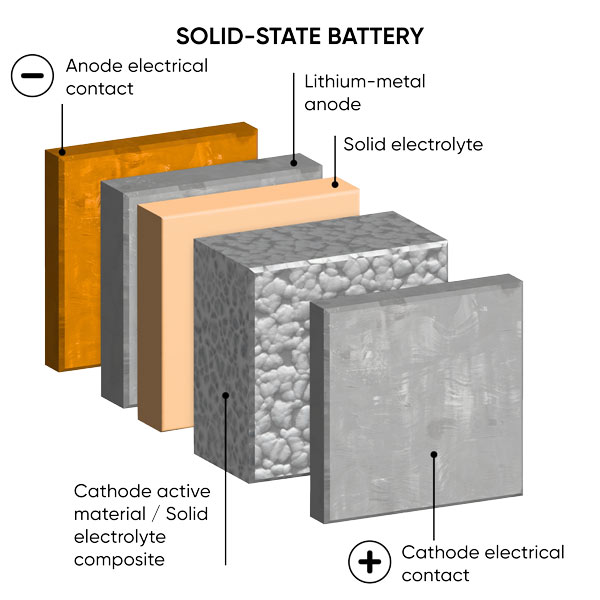
The views expressed in this article do not necessarily represent those of Elsevier. This story is adapted from material from the University of Edinburgh, with editorial changes made by Materials Today. Recreating this unusual state in other materials could have all kinds of applications." "We have shown that this unusual but stable state is part solid and part liquid. "Potassium is one of the simplest metals we know, yet if you squeeze it, it forms very complicated structures," said Andreas Hermann of the University of Edinburgh's School of Physics and Astronomy, who led the study. The work was carried out in collaboration with scientists from Xi'an Jiantong University in China. The study, reported in a paper in the Proceedings of the National Academy of Sciences, was supported by the European Research Council and the UK Engineering and Physical Sciences Research Council. Chemical interactions between atoms in one lattice are strong, causing them to stay in a solid form when the structure is heated, while the other atoms melt into a liquid state. Simulating how up to 20,000 potassium atoms behave under extreme conditions confirmed that the structures formed represent a new, stable state of matter.Īpplying pressure to the atoms leads to the formation of two interlinked solid lattice structures, the team says.

Until now, it was unclear if the unusual structures represented a distinct state of matter, or existed as transition stages between two distinct states.Ī team led by scientists at the University of Edinburgh in the UK has now used powerful computer simulations to study the existence of the state – known as the chain-melted state. Under the right conditions, over half a dozen elements – including sodium and bismuth – are thought to be capable of existing in the newly discovered state, researchers say. Amorphous (non-crystalline) substances such as glass or pitch melt by. In a pure crystalline solid, this process occurs at a fixed temperature called the melting point an impure solid generally melts over a range of temperatures below the melting point of the principal component. However, the structure also contains a second set of potassium atoms that are in a fluid arrangement. melting, change of a solid into a liquid when heat is applied. Recently, however, researchers have found that some elements, when subjected to extreme conditions, can take on the properties of both solid and liquid states.Īpplying high pressures and temperatures to potassium creates a state in which most of the element's atoms form a solid lattice structure. Until now, the atoms in physical material were understood to exist typically in one of three states – solid, liquid or gas. Scientists have discovered a new state of physical matter in which atoms can exist as both solid and liquid simultaneously. Recreating this unusual state in other materials could have all kinds of applications." Andreas Hermann, University of Edinburgh There are six ways a substance can change between these three phases melting, freezing, evaporating, condensing, sublimination, and deposition (2)."We have shown that this unusual but stable state is part solid and part liquid. In the example of ice melting, while the ice is melting, there is both solid water and liquid water in the cup. This typically happens when the substance is transitioning from one phase to another. A solid has definite volume and shape, a liquid has a definite volume but no definite shape, and a gas has neither a definite volume nor shape. There can be two phases coexisting in a single container at the same time.

The temperature and pressure at which the substance will change is very dependent on the intermolecular forces that are acting on the molecules and atoms of the substance (2). Every substance is in one of these three phases at certain temperatures.

\)Įach substance has three phases it can change into solid, liquid, or gas (1).


 0 kommentar(er)
0 kommentar(er)
